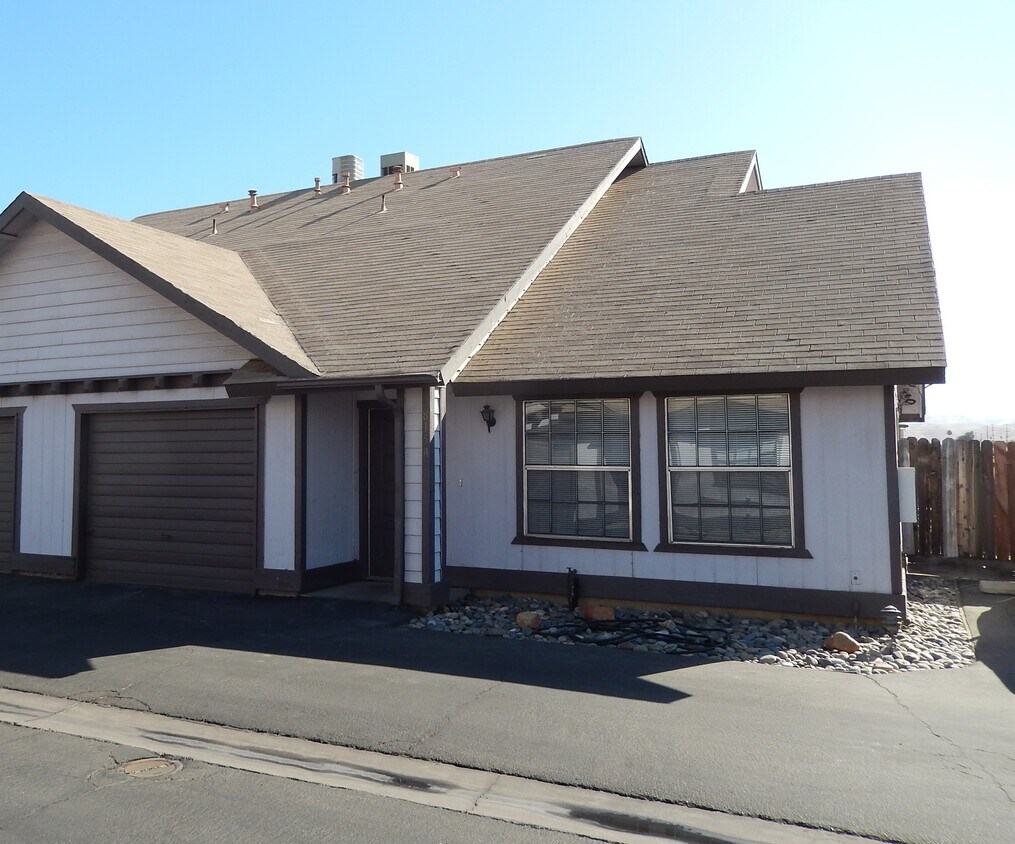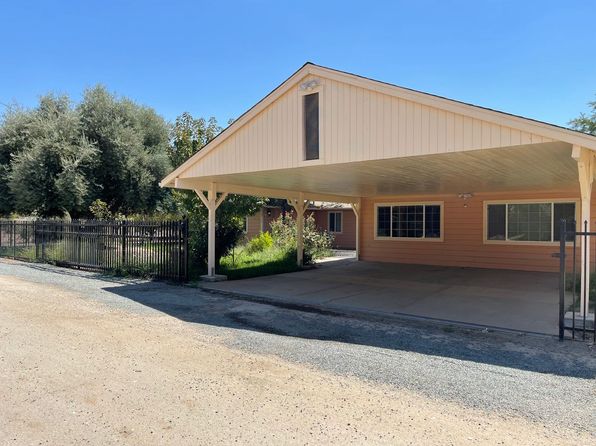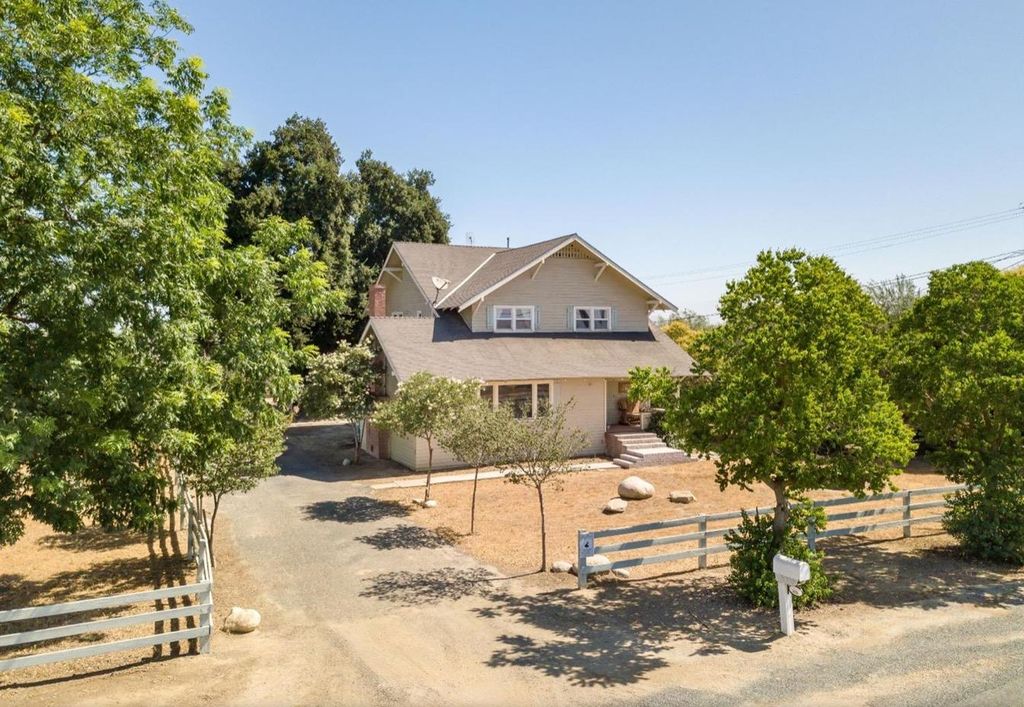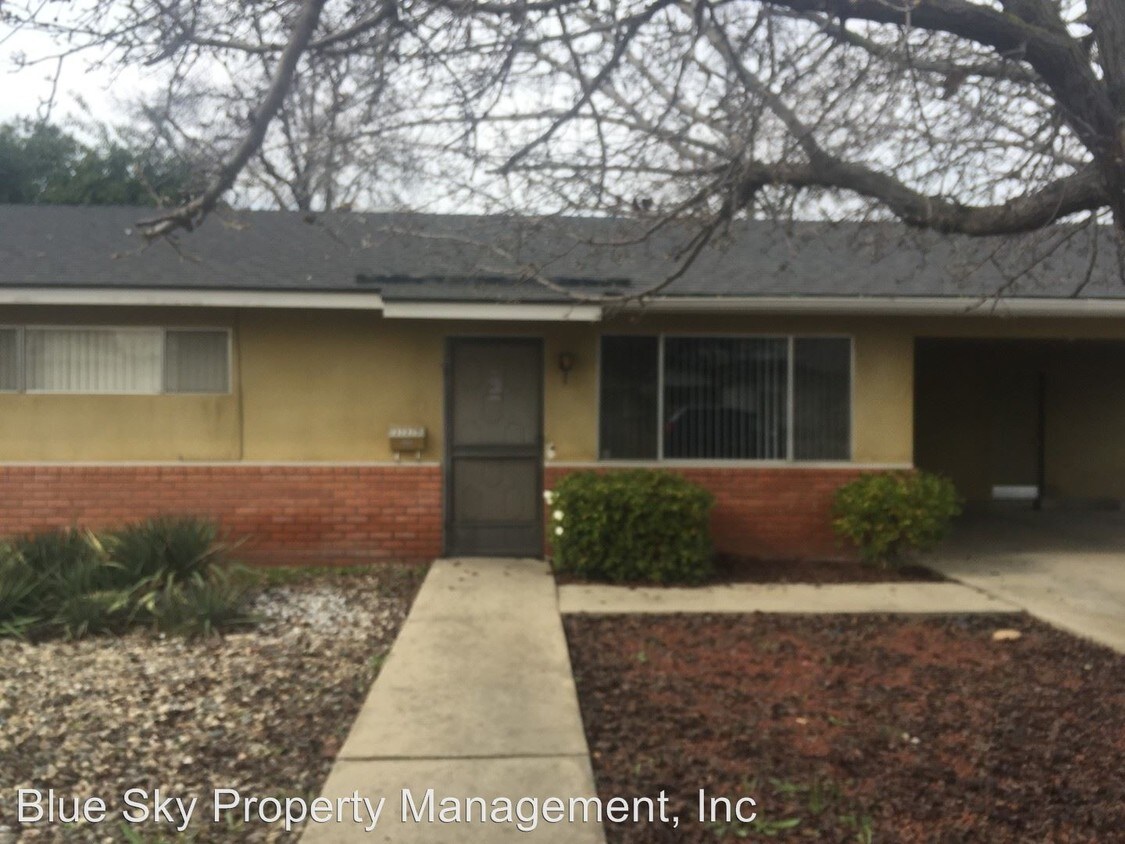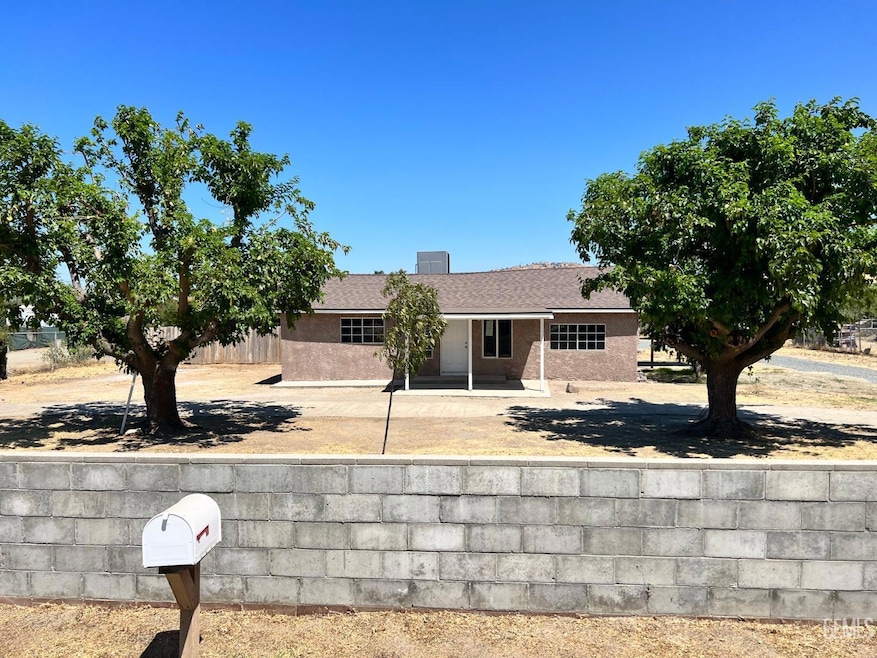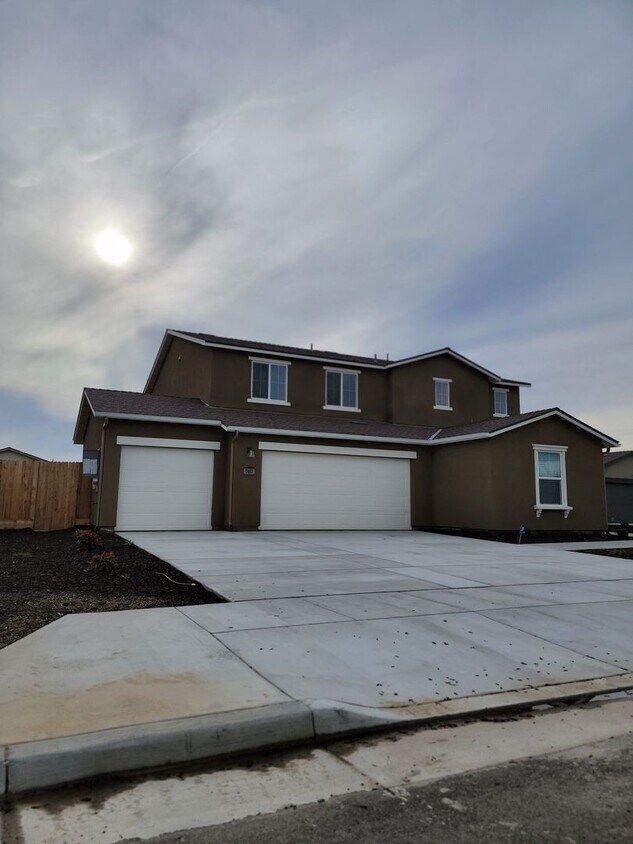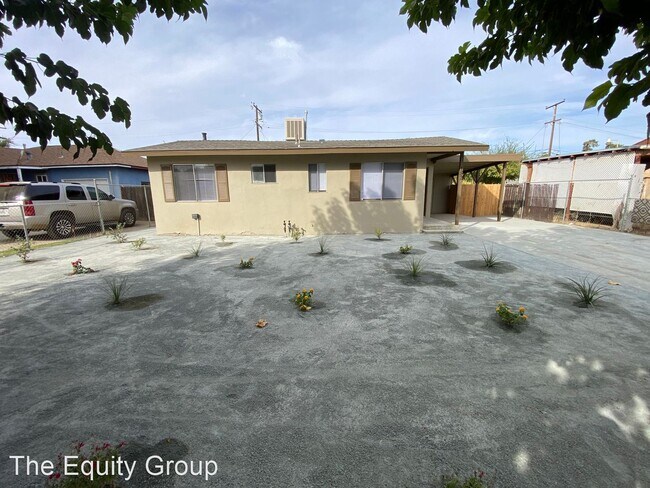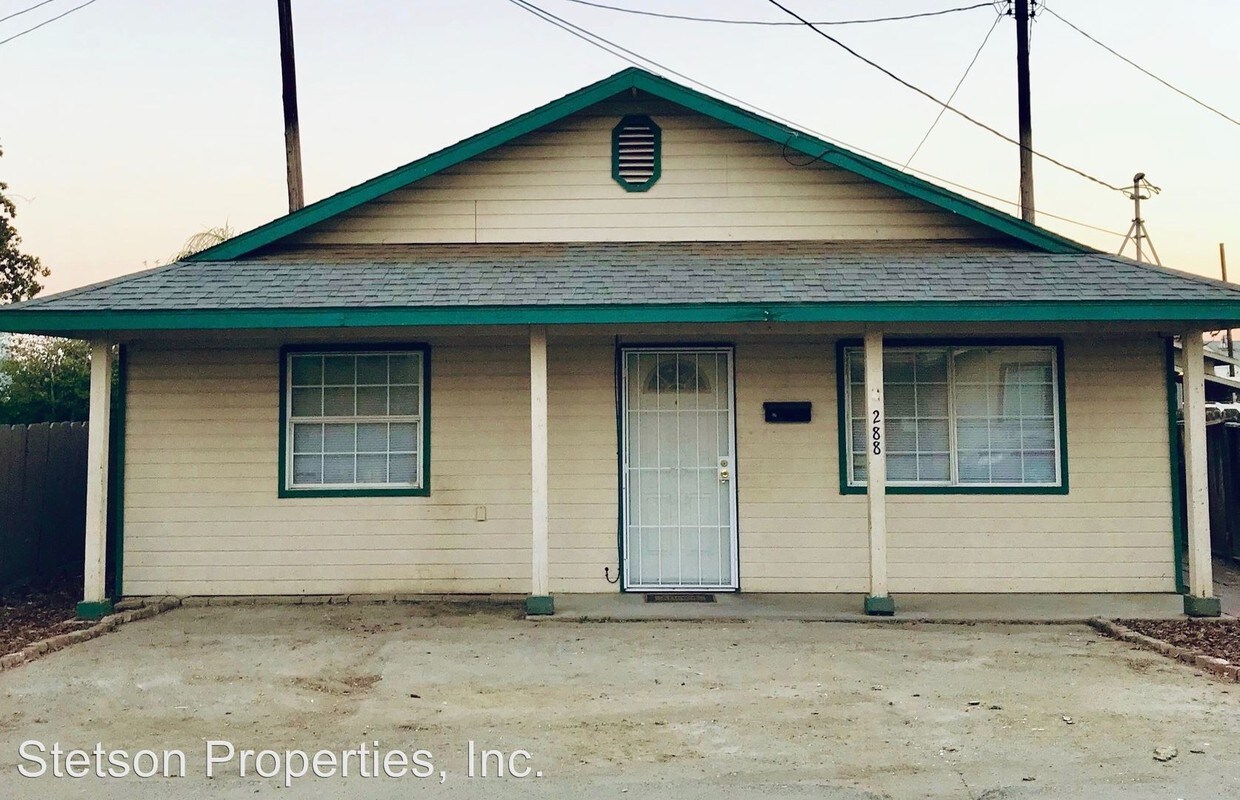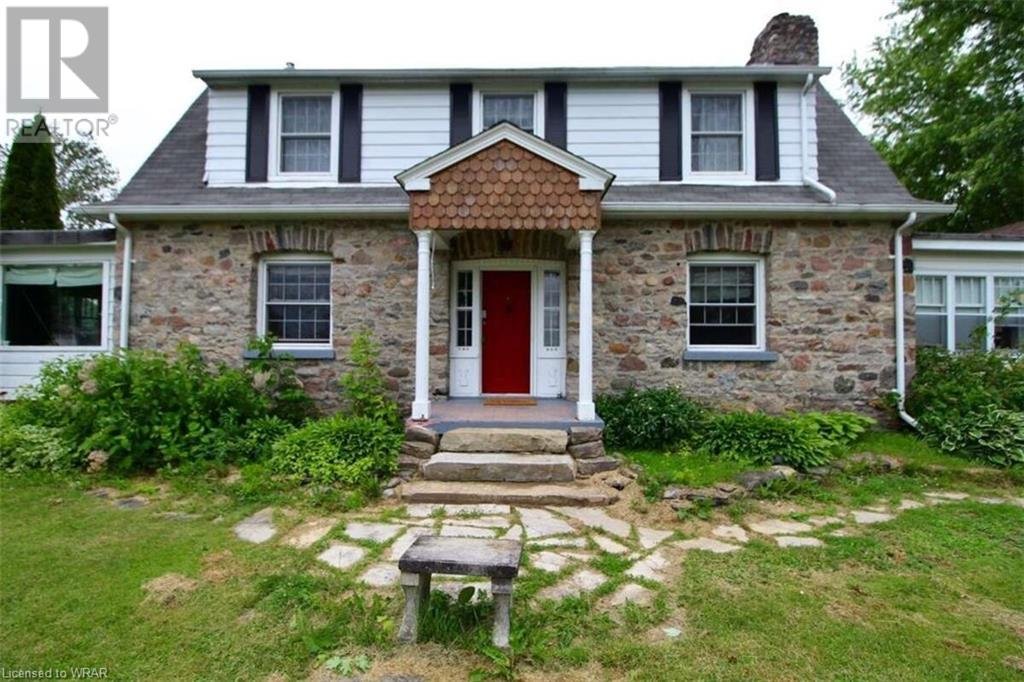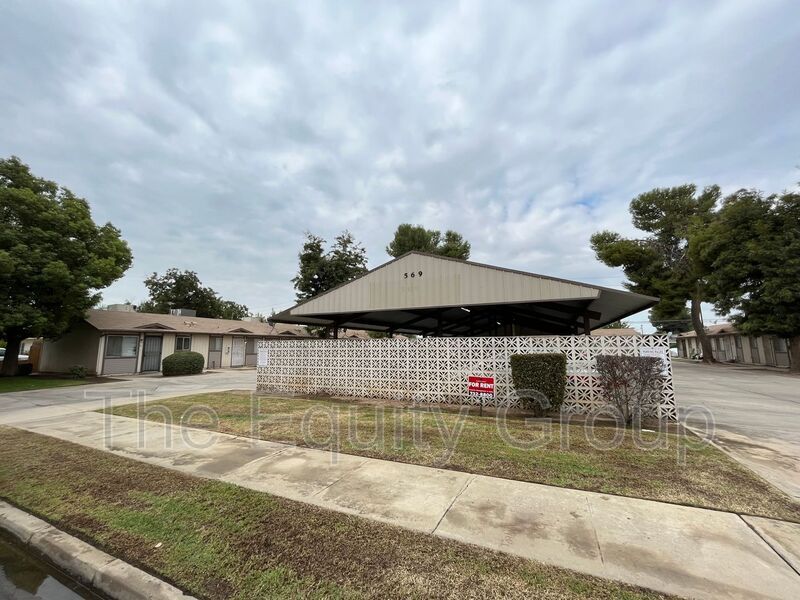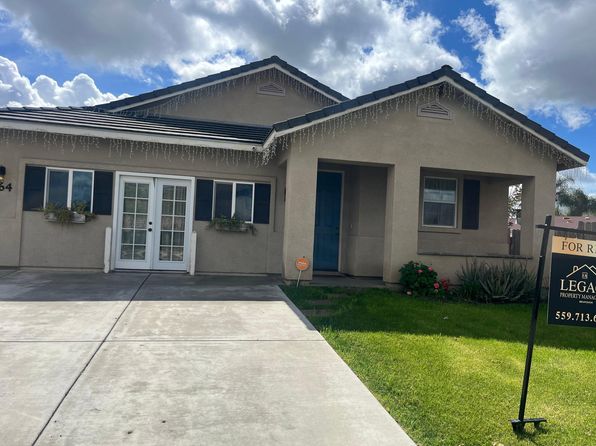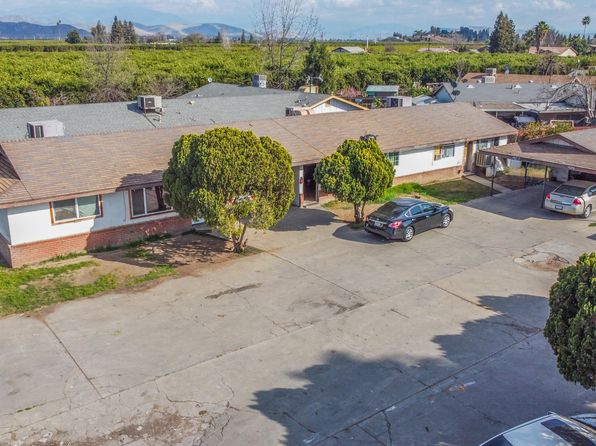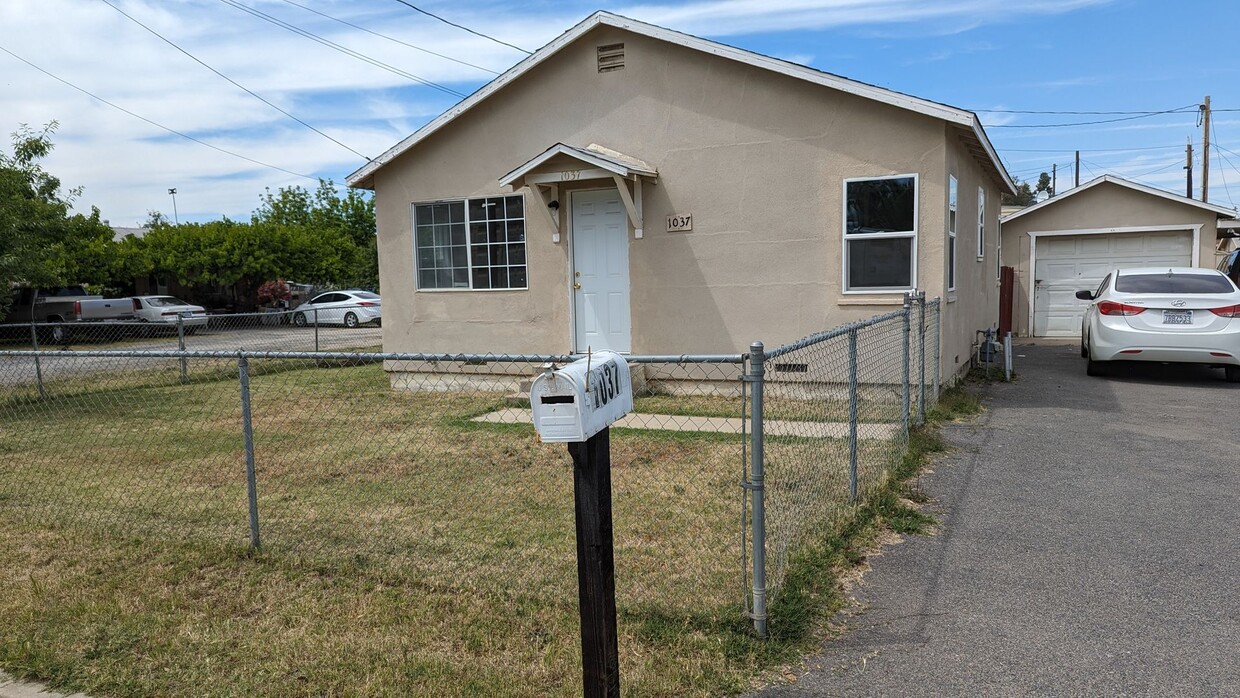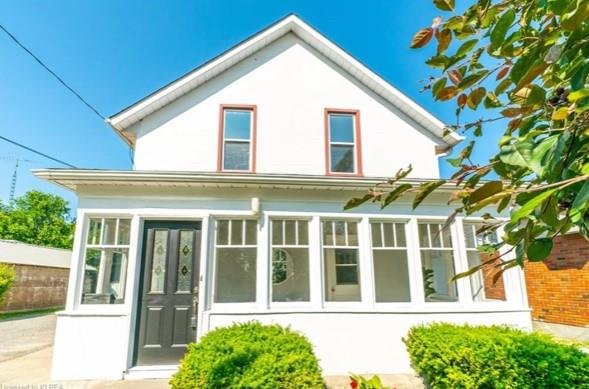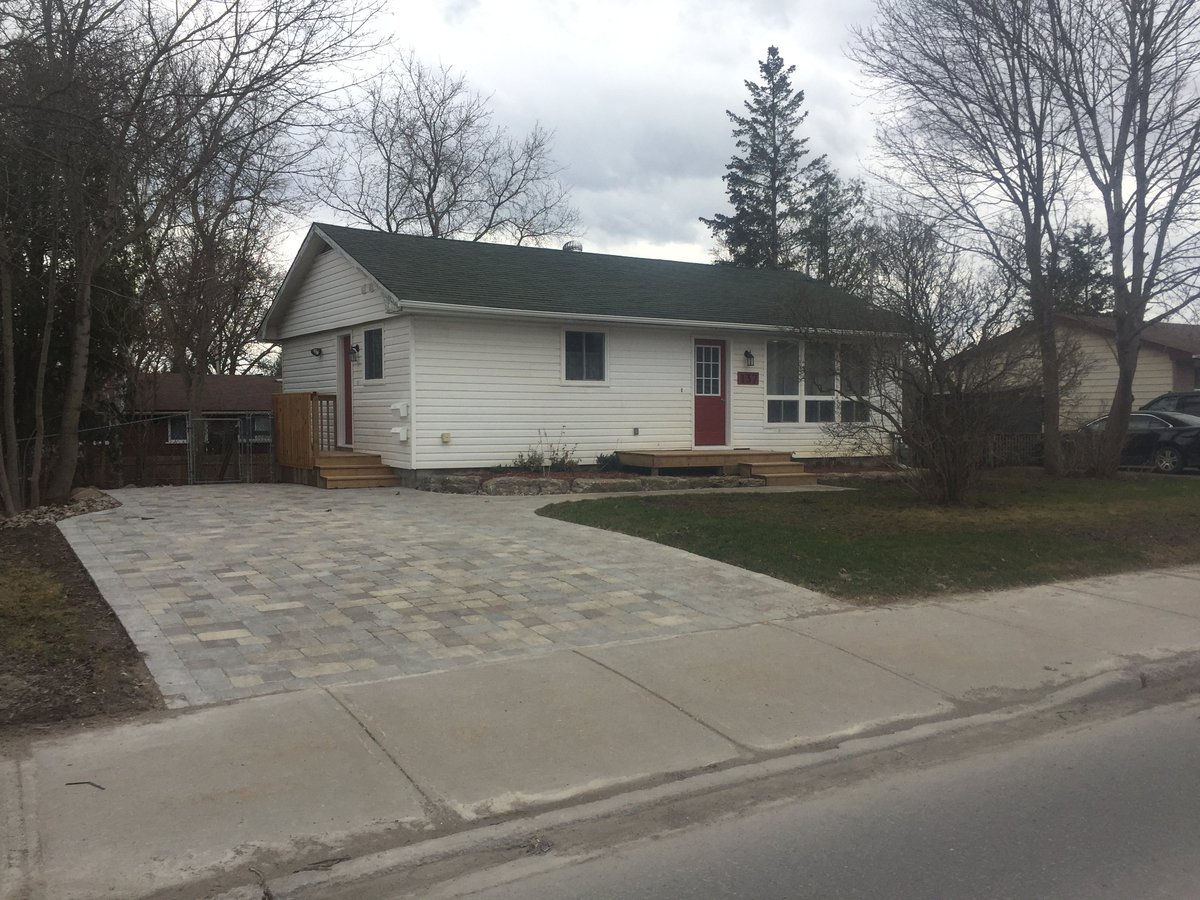Homes For Rent In Lindsay Ca

Lindsay, California, a small city nestled in the heart of the Central Valley, is currently experiencing a fluctuating rental market. Prospective renters are finding a mix of opportunities and challenges as they navigate the available housing options.
This article will examine the current state of the rental market in Lindsay, CA, focusing on the availability of homes, average rental costs, and factors influencing the housing landscape. It will also explore the potential impact on residents and the local economy. The goal is to provide an objective overview for those seeking rental properties in the area and for those interested in the broader housing trends affecting Lindsay.
Rental Availability and Options
The availability of rental homes in Lindsay varies, with listings including single-family houses, apartments, and occasionally, mobile homes. Online platforms such as Zillow, Apartments.com, and local real estate websites are primary resources for finding rental properties. Word-of-mouth and local classifieds also play a role.
According to recent data, the number of available rentals has seen slight fluctuations in recent months. These shifts reflect broader economic trends and seasonal variations in demand.
The types of rentals range from smaller one-bedroom apartments to larger, multi-bedroom houses suitable for families. The condition and amenities offered vary significantly depending on the property and landlord.
Rental Costs and Affordability
Rental costs in Lindsay, CA, are generally lower than the state average, but still represent a significant expense for many residents. According to data from BestPlaces.net, the median rent in Lindsay is approximately $1,000 - $1,300.
This range can vary widely depending on the size, location, and condition of the rental unit. Larger houses in desirable neighborhoods naturally command higher rents.
Affordability is a key concern for many renters, particularly those with lower incomes. The percentage of income spent on housing is a major factor affecting financial stability.
Factors Influencing the Rental Market
Several factors are contributing to the current state of the rental market in Lindsay. These include broader economic trends, population changes, and local development initiatives.
Economic conditions, such as job growth and wage levels, directly impact the demand for rental housing. Increased job opportunities can lead to higher demand, driving up rental costs.
Population growth or decline also affects the rental market. An influx of new residents can strain the existing housing supply, while a population decline can lead to vacancies and lower rents.
Local Development and Housing Policies
Local development projects, such as new construction or renovation of existing properties, can impact the availability and types of rental housing. City planning and zoning regulations play a crucial role.
Housing policies, including rent control or incentives for affordable housing development, can also influence the rental market. The city council is currently exploring options to address the need for more affordable housing options. Mayor Ramona Caudillo has voiced her support for initiatives aimed at increasing housing affordability.
These policies are designed to balance the needs of renters and landlords, while also promoting sustainable community growth.
Impact on Residents and the Community
The state of the rental market has a significant impact on residents of Lindsay, particularly those with lower incomes or limited housing options. Affordable and stable housing is essential for individual and family well-being.
High rental costs can strain household budgets, leaving less money for other essential expenses such as food, healthcare, and transportation. This can lead to financial instability and increased stress.
The rental market also affects the broader community. A healthy and stable housing market contributes to economic growth and social cohesion.
A Human Perspective
For Lindsay resident, Maria Hernandez, finding affordable and stable housing has been an ongoing challenge. "It's hard to find a place that's both affordable and safe," she says.
Hernandez, a single mother of two, works part-time and relies on rental assistance to make ends meet. She hopes for more affordable housing options in the future.
Her story reflects the struggles faced by many renters in Lindsay, highlighting the importance of addressing housing affordability challenges.
Looking Ahead
The future of the rental market in Lindsay, CA, will depend on a variety of factors, including economic trends, population changes, and local policy decisions. Addressing the need for affordable and accessible housing will be crucial for ensuring the well-being of residents and the health of the community.
Monitoring the rental market closely and implementing effective housing policies will be essential for navigating the challenges and opportunities that lie ahead.
Stakeholders, including renters, landlords, and local government officials, must work together to create a sustainable and equitable housing market that meets the needs of all residents. Continued dialogue and collaboration are key to finding solutions and building a stronger community. According to City Manager Joe Tanner, "the city is committed to working with developers and community organizations to increase the availability of affordable housing options."

